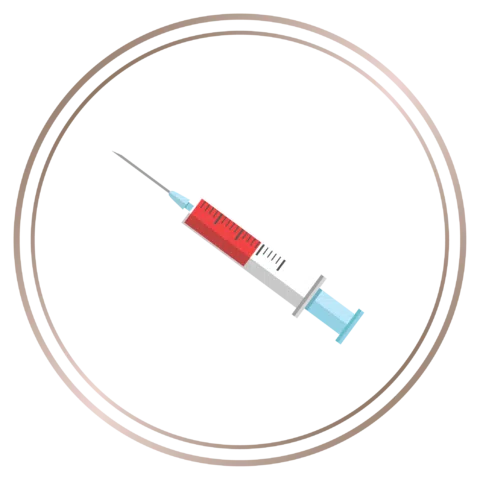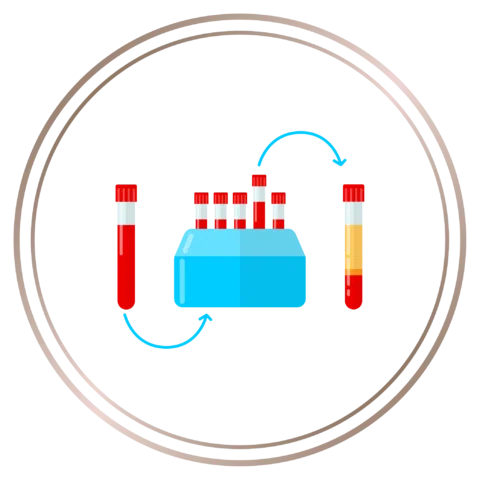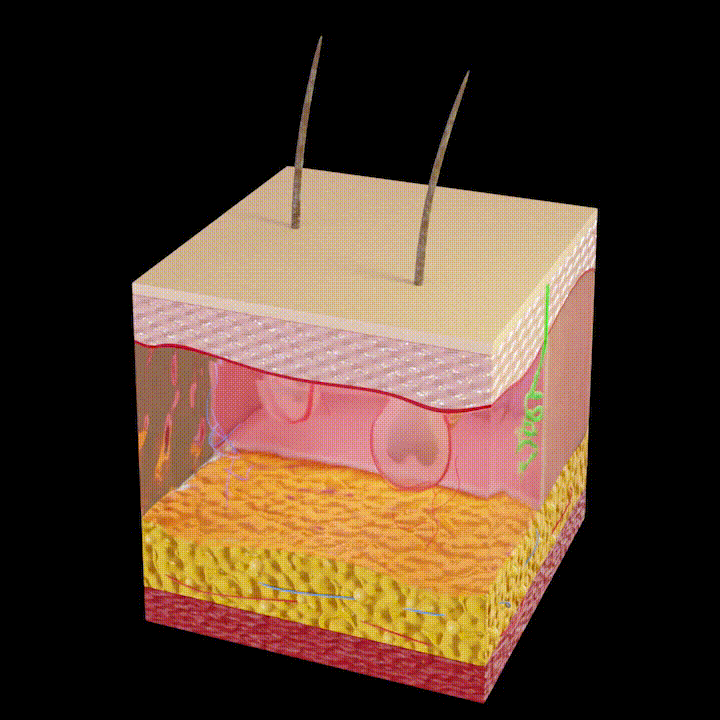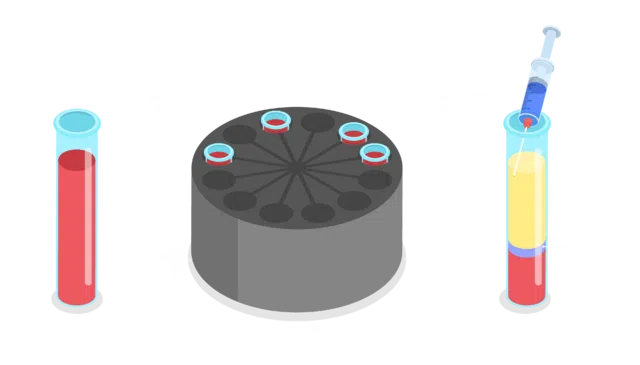Through Platelet-Rich Plasma / PRP treatment, hair is enriched by thrombocytes in the patient’s own plasma. After a sample of blood has been drawn, the plasma is separated from the blood using a centrifugation process.
The plasma is rich with growth factors from the patient’s own body, so by injecting it back into the same person’s scalp, it boosts the growth and strength of hair follicles in the area. PRP is a treatment that has been long utilized across the world, and is also a common treatment for wound and soft tissue healing.
What Is PRP Hair Treatment Used For?
PRP is a treatment that is applied for thinning hair, especially as a result of androgenetic alopecia, mostly known as male pattern hair loss. PRP helps to prevent hair loss and to strengthen weak hair. PRP may also be applied after hair transplantation performed at Dr.Serkan Aygın Clinic to enhance the hair transplantation results.
PRP treatment is preferred by many patients as it helps the post-operative healing process as well as positively affects hair growth and hair thickness after hair transplant operations.
How Is PRP Application Performed?

The PRP process begins by collecting blood from the patient.

This sample is then spun in a centrifuge, in order to separate the platelet-rich plasma from the other components of whole blood.

The concentrated plasma of blood includes platelets, leukocytes, growth factors, and cytokines, all of which enrich and promote hair growth. The plasma is injected into the scalp of the patient. The whole process, from blood sample to injection, takes around 45 minutes. (Most of which is spent waiting for the centrifuge to separate the plasma from the blood)
Who can receive PRP treatment?
Men and women who are experiencing hair loss or have thinned hair are good candidates for PRP hair therapy. The treatment is applied in various sessions. It can be applied every 2-3 months for one year, depending on the preference and needs of the patients. Sometimes, it is done in shorter intervals (one month apart) for 3-4 sessions. Or, in the case of international hair transplant recipients, it can be used a single time to stimulate growth in the newly transplanted follicles. These patients are encouraged to continue PRP treatment in their home countries.
If a more concentrated treatment is required, then PRP can be applied together with hair Mesotherapy. This is a similar method, wherein prescriptive medicines are injected into the scalp, so as to directly benefit the recipient area. When these two treatments are combined with each other, then there should be an interval of 15 days between them.
How is PRP used in hair transplantation?
On the day following a hair transplant operation, Dr. Serkan Aygin may apply PRP hair treatment in addition to low-level laser therapy. (Or just PRP instead of laser treatment.) Regardless of the decision, these are performed after the medical dressing is removed from the donor area.
Hair transplant operations supported with PRP deliver faster tissue recovery. They enable hair follicles to remain in the active growth phase much longer, and also help the transplanted grafts to quickly adapt within the transplanted area.
With its growth factors, PRP treatment increases the speed of growth after the operation, since it generates new micro vessels in the transplanted area, as well as induces hair follicles to receive a better supply of oxygen and nutrients.


